#japanese contemporary art
Explore tagged Tumblr posts
Text

Tamekane Yoshikatsu, The Endless Trip [1275^ (i), Kanata-e (Kin)], 2005
woodcut and collograph; ink, colour and gold on paper, 49 × 38.2 cm
16 notes
·
View notes
Text

"Mono-ha, with its concept of the existence of materials as a matter of consequence, was something of an influence on me. Although my idea of substance is not as simple as that of Mono-ha, from their approach I learned to deal with substances as more than mere materials. I am not sure whether my use of wood has any particular meaning. More important than the actual use of wood as a material are the methods used to create forms from primordial substances. In order to create those forms I use wood. At the same time I can't say what I could use instead of wood, so I suppose that the forms I am making now require wood. I never think about bringing out the life in wood, rather I use it as a substance to its fullest extent, and in the end I often burn my works to complete them. I think of this final burning as a form of burial, marking the completion of a work. It is as though I'm holding funerals all the time. Burning the wood feels cruel, like burning a sacrifice. It is a somewhat sadistic act, but at the same time a holy one. When I work with fire or water, I see them not simply as materials but as part of a phenomenon, and that phenomenon itself is the object of my works. I am not making some form, creating some figure, through the use of fire; fire as a phenomenon itself is what I'm interested in. My criticism of the Mono-ha movement is that while Mono-ha artists claimed to strip away the superfluous, day-to-day meanings from substances, thereby allowing these substances to appear exclusively as phenomena, in reality this is simply not possible. We cannot apprehend something without attaching a meaning to it. We conceive of things by giving them names. For ex-ample, soil and stone. We cannot conceive of soil or stone unless we use these names. However hard you may try to remove the extra meanings, inevitably some meanings remain attached. There is no fire or water that exists as a phenomenon in the pure sense: there are images of fire and images of water that have been produced by humanity. Humankind actualizes reality by speaking about it, and thus develop the gaps between what is seen by different cultures. I learned this paradox from Mono-ha." -Toshikatsu Endo
Toshikatsu Endo, Fountain, 1991. Burned wood, tar, and fire, 75 x 130 cm. each.
#toshikatsu endo#sculpture#zen#japanese contemporary art#contemporary art#mono ha#minimalism#minimal art
3 notes
·
View notes
Text

Tetsutaro Kamatani — Threesome (resin and paint on canvas, 2023)
151 notes
·
View notes
Text
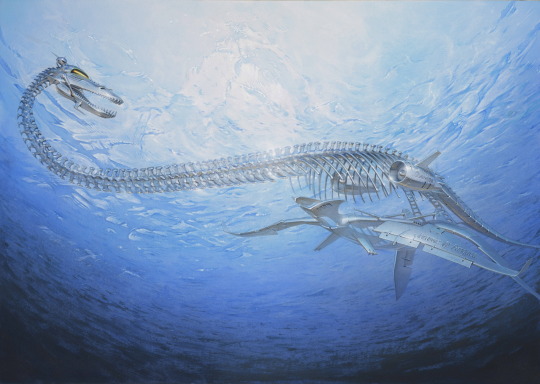

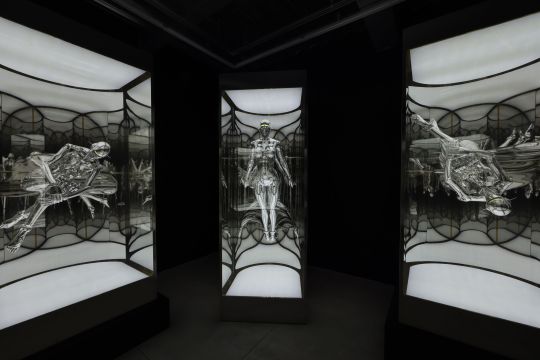
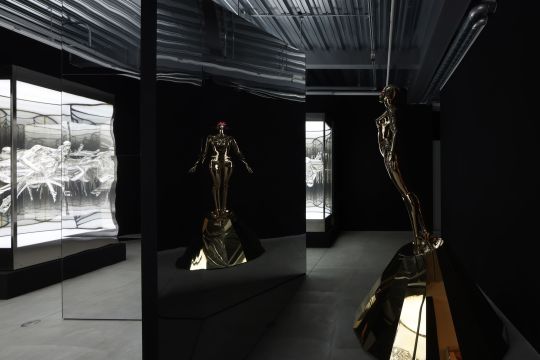
Legendary Japanese Robot Artist Hajime Sorayama Show in Vancouver
The "Space Traveler" solo exhibition by legendary Japanese robot artist Hajime Sorayama at the CICA Vancouver Canada runs from July 26, 2023 through September 16, 2023. This appears to be the same the art show that was recently on in Harajuku (photos are from Harajuku).
"Space Traveler" at CICA Vancouver
991 notes
·
View notes
Text
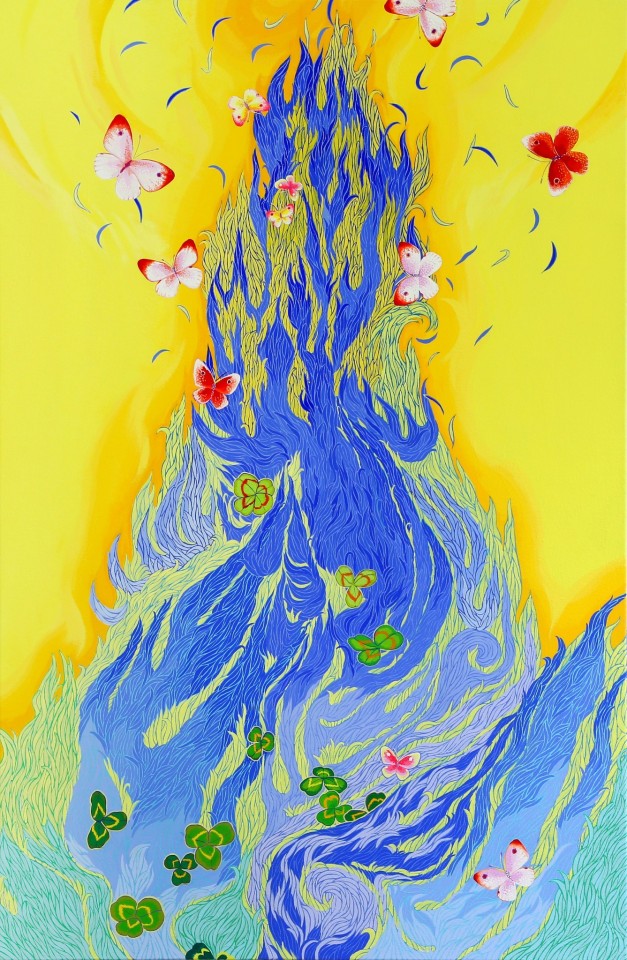
Sachiho Ikeda, The Burning Grass, 2017, acrylic on cotton cloth, 100 × 65.2 cm.
#sachiho ikeda#japanese artist#japanese contemporary art#contemporary artist#grass#clover#butterflies
42 notes
·
View notes
Text

Kiyoshi Saito (Japanese, 1907-1997)
754 notes
·
View notes
Text

"My desire to work as an artist began from a certain sense of absence, a feeling of something lacking. I had an urge to fill in that missing part. I think everyone has this sensation-we all share the feeling--so when I succeed in putting a form to the image in my mind, I have for a fleeting moment the illusion of complementing, of compensating for, that absence. But, of course, I can never really fill in the missing part, so I must continue to create my works. My works are not markedly individual in appearance. They are not the result of a desire to express my individuality. Rather I feel that they are something more universal. Of course, there is an implicit contradiction in this statement, but at least it applies on a conceptual level. I don't arrange my works by using any special, individualistic methods of formation. Most of my works are simple forms like circles. A perfect circle goes beyond the level of symbolic imagery. It is the simplest and most primordial form. Circles appear at the most festive and ritualistic occasions as well as at holy places. I have often said that while a circle spreads horizontally in form, it extends vertically in meaning. Thrusting forth from the very base of the earth toward the sky, a circle is like a magnetic field. It is within this context that I create circles. Although at one time I thought about this in terms of symbolism and allegory, I am not so conscious of these aspects at the present time. Even so, my work could still be interpreted in this way. From minimal art I learned about removing superfluous elements. The removal of unnecessary elements makes a given form more powerful. The idea of removing everything is also part of Zen thought. Zen Buddhist concepts permeate Japanese culture, and Zen Buddhism has had a significant influence on my ideas. After everything is re-moved, only the absolute remains. This principle is significant on the level of technique as well as providing a method for refining various concepts. I feel that this is very important. I did not adopt minimalism or conceptualism as a style, however, which is why my works are said to be romantic. It could be said that I am discussing literary matters, such as life and death, but these are important in the context of my reality. And however romantic that may be, it is only from that point that my works can be created. You need a single message, but that message should have a wide range of interpretations. The most fundamental issue for human beings is life and death. It is the very existence of human beings, human existence, that I want to express in my work." -Toshikatsu Endo
Toshikatsu Endo, Lotus, 1989.
Earth, air, sun, water, fire, and wood; 75 x diameter 360 cm.
#toshikatsu endo#sculpture#mono ha#zen#japanese contemporary art#contemporary art#art#minimalism#minimal art#my scan
23 notes
·
View notes
Text
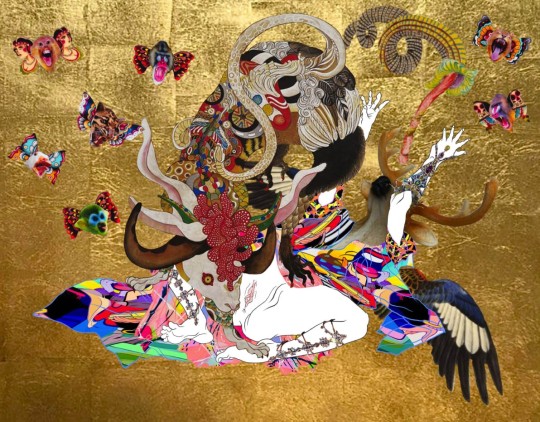
Tetsutaro Kamatani — Zodiac (resin and paint on canvas, 2023)
322 notes
·
View notes
Photo

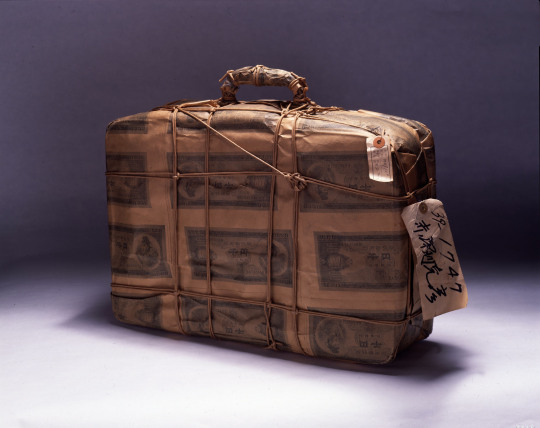

Genpei Akasegawa’s One-Thousand-Yen Note Trial Impounded Objects.
In thriving Japan of the 1960s, an artist decides to rebel against the westernisation of his culture by using banknotes as his creative medium. His art using Japanese currency as a medium was symbolically intended to undermine the value of the legal tender, injecting uncertainty into the sacred status of the banknote, revealing its illegitimacy as a protest against the country’s increasing proclivity toward capitalism.
Copying and tampering with the design of a ¥1,000 note, his work became controversial when in 1967 he was convicted for the crime of imitating currency. Despite two appeals, he was given a three-month prison sentence in 1970.
In his trial, Akasegawa pointed out, “Even if we know intellectually what the monetary system is, the ‘perpetrator’ – the currency – constantly overshadows us, clings to our work and our actions like eyelids to our bodies, and before our eyes, sneaks into our wallets/our beings, and aided by the speed with which it circulates despite our wishes, without time to look it in the face, wraps us in the long rope it drags.”
#genpei akasegawa#japanese art#japanese contemporary art#contemporary art#capitalism#capitalist realism#avant garde#pheere#impounded objects#one thousand yen note trial#1960s#60s
158 notes
·
View notes
Text
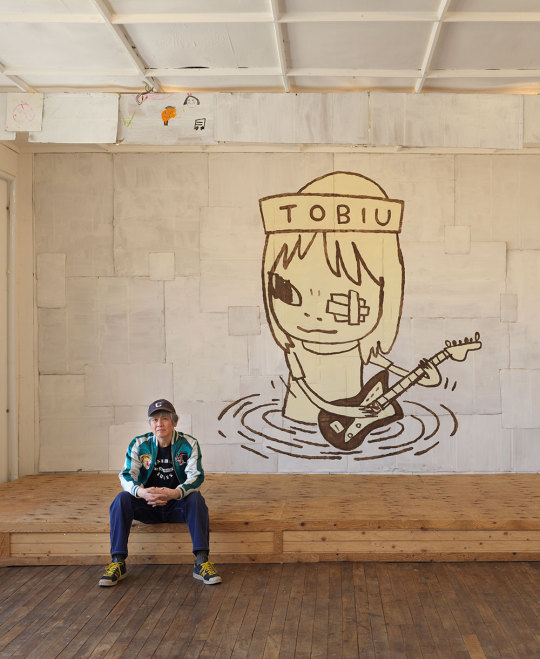

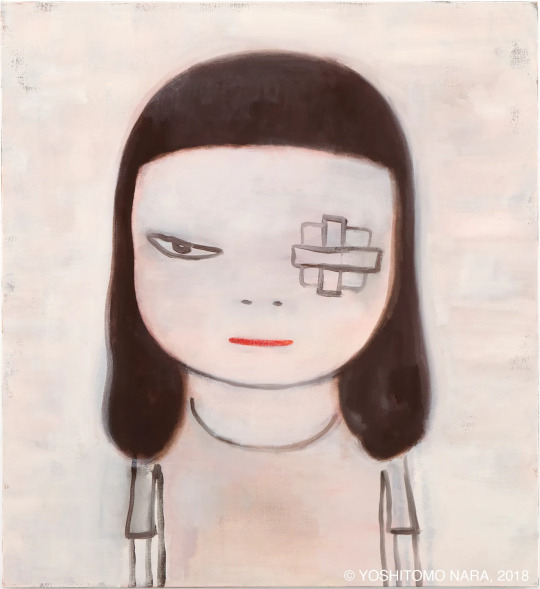

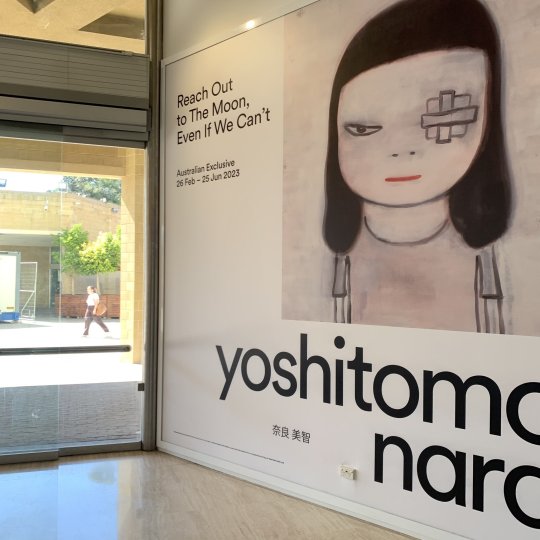
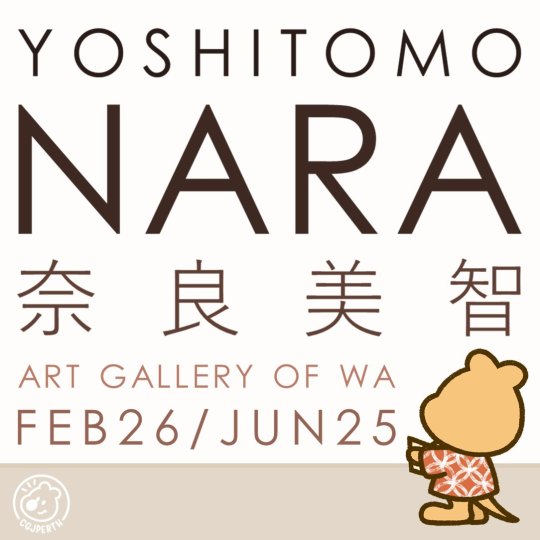
Yoshitomo Nara Art Show in Australia
Japanese contemporary artist Yoshitomo Nara will have a solo exhibition at Art Gallery of Western Australia in Perth from February 26, 2023 to June 25, 2023. Exhibition Details
419 notes
·
View notes
Text
Solo exhibition "If The Sun Had No Name" at Chiba Prefectural Museum of Art, Japan

Our large-scale solo show “If The Sun Had No Name” will be held at Chiba Prefectural Museum of Art, Japan.
Venue: Chiba Prefectural Museum of Art Dates: January 25 ̶March 21, 2023 Web: http://www2.chiba-muse.or.jp/www/ART/
0 notes
Text
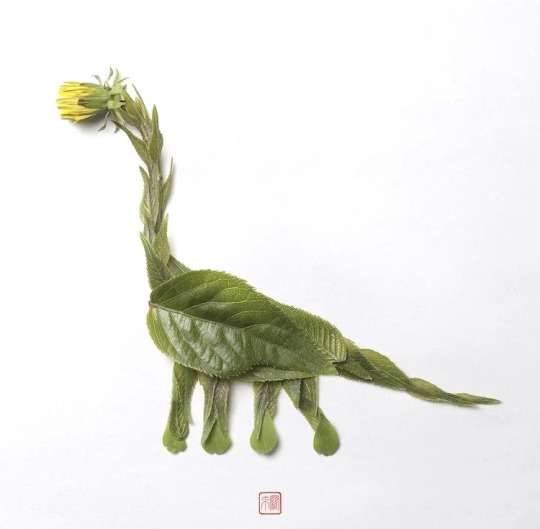
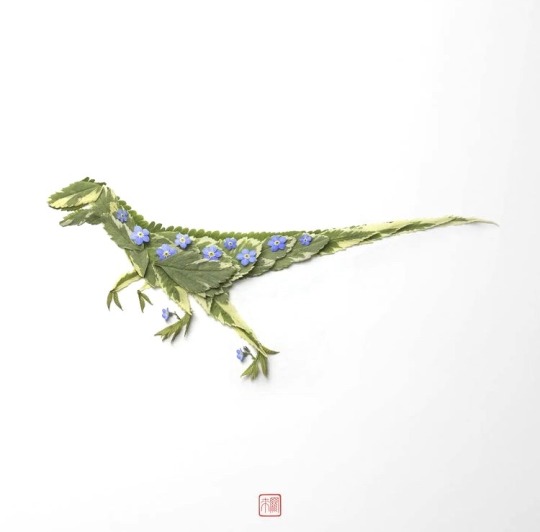

Dinosaurs 🦕🌿, leaf artwork by Raku Inoue
#japanese contemporary art#dinosaurs#raku inoue#stegosaurus#brachiosaurus#velociraptor#leaf art#this is lovely
30K notes
·
View notes
Text
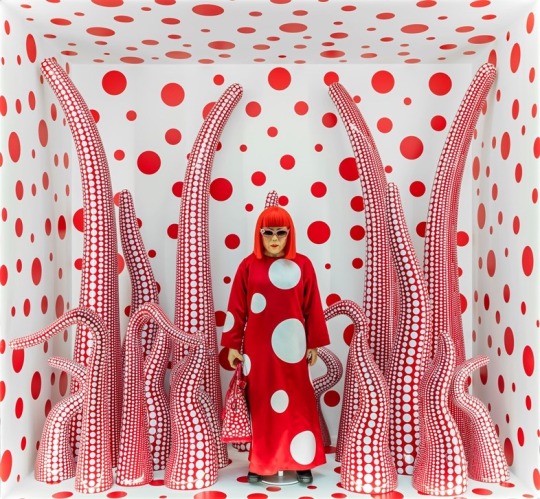
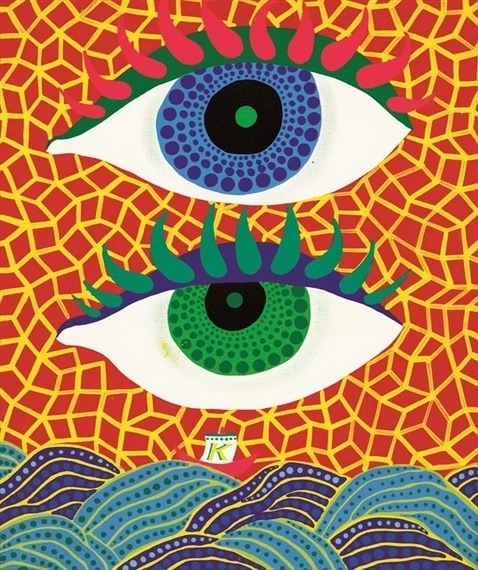


Yayoi Kusama, 93, Japanese Contemporary Artist.
3 notes
·
View notes
Text

Honda Kumiko “Jeux d'eau“
155 notes
·
View notes

